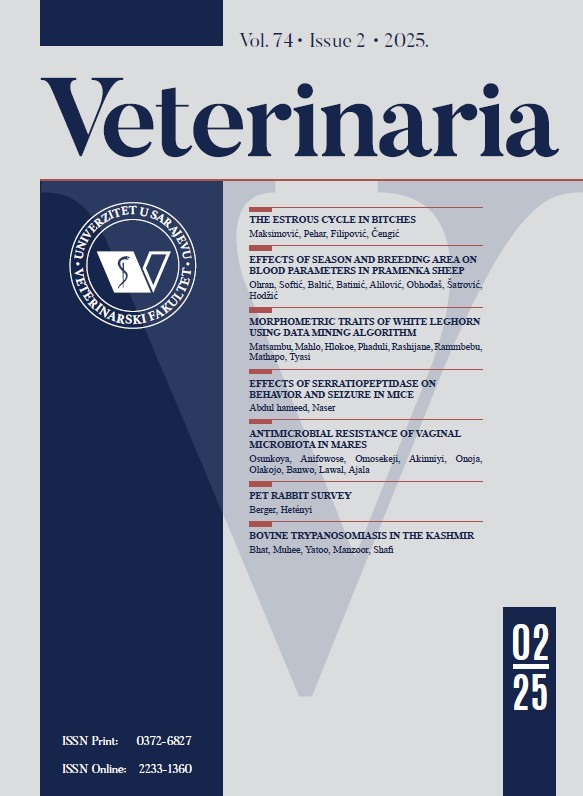Investigation of cadaver preservative properties of solution obtained with a mixture of honey and ethyl alcohol in different proportions: A pilot study on sheep heart
DOI:
https://doi.org/10.51607/22331360.2021.70.2.229Keywords:
Embalming, formaldehyde, heart, honeyAbstract
The aim of this study is to evaluate the cadaver embalming effects of the honey-based solutions used as an alternative to formaldehyde which is extremely hazardous for human health. In the study, 42 sheep hearts were used. Tissue and swap samples were taken from different honey solution groups on the 3rd, 75th, 150th, and 225th day to perform histological, microbiological, texture and color analyses. In the macroscopic examination, there was a more significant hardness in the hearts kept in the solution I in A and B groups than the solutions II and III. General fixation was found to be positive in the histological analysis. However, the histological structure became deformed later. The microbiological analysis showed no bacterial or mycotic growth. Moreover, according to the comparative results of the hardness scale applied to the groups, the heart tissues which were kept in AI, BII, and BIII
solutions on the 3rd day, in AII and BIII solutions on the 150th day, in BIII solutions on the 225th day, in AIII on all days were
statistically found to be similar to the fresh heart tissue. Based on the results of the color analysis, the heart tissues of the experimental groups were not statistically similar to the fresh heart tissue in within-group and between-group comparisons of L value. Consequently, it is thought that the positive effect of honey solutions on the sheep heart tissue should be evaluated in organs with different parenchyma tissue and properties and whole cadaver.
Downloads
Published
How to Cite
Issue
Section
License
Copyright (c) 2021 Ruhsar Ekiz, Yasin Demiraslan

This work is licensed under a Creative Commons Attribution 4.0 International License.








